Sunday of the Passion/Palm Sunday B
A fun parallel of Jesus' two natures and what it means for Jesus to be really present in communion.
Philippians 2:5-11
but emptied himself,
taking the form of a slave,
being born in human likeness.
And being found in human form,
-- Philippians 2:7
Verse 7 is cited in Formula of Concord, Epitome and Solid Declaration, Article 8: The Person of Christ. In the Epitome, Affirmative Thesis 11 (Ep 8.16), verse 7 is cited through editorial insert after the phrase "the form of a servant" even though the argument being made is how Jesus "laid aside" the servant form when he was resurrected while also keeping his human nature. The citation in the Solid Declaration (SD 8.26) is also through editorial insertion, but here in the context of Jesus being fully divine even in Mary's womb but kept hidden.
he humbled himself
and became obedient to the point of death—
even death on a cross.
-- Philippians 2:8
Verse 8 is cited through editorial insertion in Formula of Concord, Solid Declaration, Article 3: Righteousness (SD 3.56) right after the phrase "death of the cross," which feels a bit clunky in the middle of an argument that Jesus had to have been both fully human and fully divine in order for his sinless death to have benefit for us.
Mark 14:1-15:47
All of these citations come from chapter 14, which is why the shorter reading is not listed.
For you always have the poor with you, and you can show kindness to them whenever you wish; but you will not always have me.
--Mark 14:7
Verse 7 is cited in a footnote to Apology of the Augsburg Confession, Article 18: Free Will (AP 18.1, n. 415) that informs us the Confutation cited this verse along with others as examples of free will. Melanchthon is not convinced this verse or the others apply.
While they were eating, he took a loaf of bread, and after blessing it he broke it, gave it to them, and said, “Take; this is my body.” Then he took a cup, and after giving thanks he gave it to them, and all of them drank from it. He said to them, “This is my blood of the covenant, which is poured out for many.
-- Mark 14:22-24
Verses 22 thru 24 are cited in footnotes to The Small Catechism, The Sacrament of the Altar (SC 5.4, n. 99) and The Large Catechism, The Sacrament of the Altar (LC 5.2, n. 226) as a reminder that the words of institution cited here are a conflation of all four instances thereof.
Verse 22 by itself is cited twice in Formula of Concord, Solid Declaration, Article 7: Holy Supper, both with parallel citations from Matthew, Luke, and 1 Corinthians. The first citation (SD 7.35) comes as part of the discussion against transubstantiation. The Lutheran argument is that just as Jesus was both fully God and fully human, so too the bread in communion both still bread and the body of Christ, which is in, with, and under the bread. There is no reason, so the argument goes, to try and claim that the bread is magically transformed into something other than bread, but it is still Jesus' body because he said it is.
The second citation (SD 7. 52) then makes the connection from the bread to the wine, which is how verse 24 (with the parallel citations) comes up in this section (SD 7.53). Although earlier (SD 7.44), verse 24 is also cited with it's parallels to focus us on Jesus' promise in the establishing this covenant.
Not to be left out, verse 23 is quoted in Formula of Concord, Epitome, Article 7: Holy Supper, Affirmative Thesis 6 (Ep 7.15) to make clear that the Lutheran understanding of what happens in communion is what the apostles did. The particular argument here is not that we believe we are literally eating Jesus, but that Jesus is really present in communion just like Jesus is both fully God and fully human.
TheoThru
Rather than try and make up a new explanation of what happens in communion, the Lutheran reformers worked with the theology developed around Jesus being fully human and fully divine. With that as a starting place, there is then no need for talking about transubstantiation of the elements in communion while also dealing with the sensory issue of the bread still seeming to be bread and the wine still seeming to be wine. This same logic can then also be applied to what happens to the water in baptism.
Why does any of this matter? Fair question.
Its an issue of logic. The Catholic theology developed by the 16th Century had created multiple types of divine mysteries. The move of the Lutheran reformation was to simplify the number of mysteries. By centralizing the mystery of Jesus' two natures, any need for describing how the finite can contain the infinite can go back to this mystery rather than trying to create or define a new mystery. How can water bear the salvation won for us in Christ? The finite can bear the infinite. How can bread and wine carry the forgiveness of sins and salvation of Jesus? The finite can bear the infinite. How can I be both saint and sinner? The finite can bear the infinite.
There will be a posting for the readings of Holy Week coming up later. They don't change, so they'll just be links to the previous posts.
A blessed Holy Week to you.
